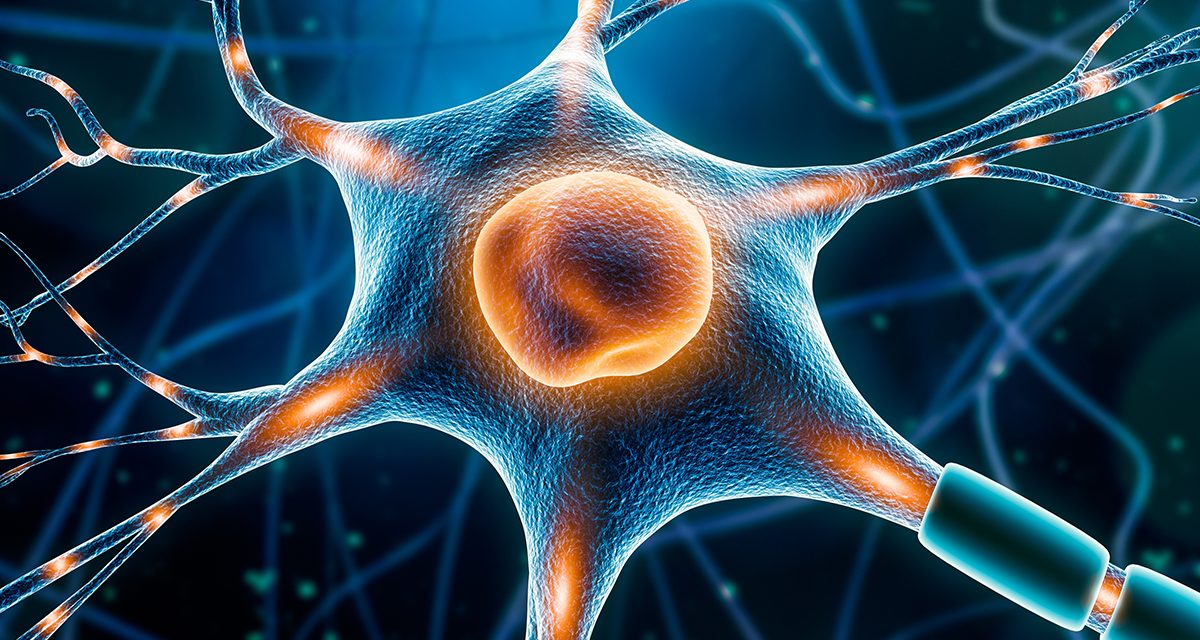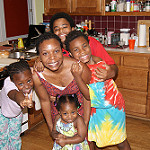Every other Monday, New Wine New Wineskins posts abbreviated versions of papers given at the annual NWNW conference in July. This week, Fr. Christopher Krall shares from his presentation on the neuroscience of intentionality. Check back each Monday for more content from NWNW!
Robert Frost’s poetic description of human decision making unknowingly referred to the variable options within the neuro-synapses of the human brain: “Two roads diverged in a yellow wood, And sorry I could not travel both, And be one traveler, long I stood…”
The seeming good in both divergent paths is the struggle that launches any goal-directed traveler into an internal and external discernment that must inevitably end in one single act of intentionality. However, let us not forget the fact that St. Paul faced, “What I do, I do not understand. For I do not do what I want but I do what I hate” (Romans 7:15). What are the internal and external influences that impel a pilgrim to act one way and not act in another, to take one path and not the other? It is important to consider the internal and external Influences of Intentionality (“IOIs”) that we as human persons contend with in our decision-making. Underlying these IOIs are implications of culpability, moral discernment, addictive behaviors, and the impact of grace.
While there are many, let’s consider four internal and four external IOIs that affect the artistry of a free and intentional decision for a choice between two seeming goods, the divergent paths of our lives.
Internal
Genetics: When neurotransmitters are taken up in the receiving neuron it happens through “gate-keepers” called excitatory amino acid transporters (EAATs). Currently, scientists know of four types of EAATs, each of which uptake certain neurotransmitter chemicals at certain rates at certain times. Genetics influences how the four types of EAATS are placed and how many of them there are at the end of each neuron, which drastically affects the rate at which neurotransmitters are taken up, which then has a very big influence on the cognitive processing across the billions of synapses across the whole brain. Another side of genetics is the guilt we bear from our forefathers and mothers and the ancient curse of Adam that weighs upon us all. Genetics, of the soul and body, certainly affect our intentionality.
Biological: The human body is “a super-complex ecosystem containing trillions of bacteria and other microorganisms that inhabit all our surfaces, skin, mouth, sexual organs, and especially intestines.” Furthermore, studies are confirming a bidirectional signaling between the gastrointestinal track and the brain, mainly through the vagus nerve, forming the “microbiota-gut-vagus-brain axis” which has important influences in establishing and maintaining homeostasis as well as metabolic regulation and mental functioning.
Habits: The brain is constantly striving for efficiency. Rather than developing new firing patterns caused by unique dopaminergic transmissions, through training (or habit-making), neuro-plasticity quickly adjusts to allow for goal-directed actions with less and less neuron-firing needed in the cerebral cortex and performance with less dopamine-dependent action. In other words, the traveler who walks through the same woods the second day, will take the same road (now more)-traveled by.
Intellectual: Biases, or the intellectual lenses through which we view the world, push decision-making before we are even able to recognize that we are pushed to one path and not the other. Bernard Lonergan named four: Dramatic, Individual, Group, and General.
External
Environmental: The childhood environment we grew up with. The number of Adverse Childhood Experiences (“ACEs”) that we experienced leave deep wounds throughout the fibers of our body and psyche.
People in our lives: Parental indoctrination, peer pressure, inspirational teachers, fear-instilling coaches, the good, bad, and ugly, the manipulators and the caretakers, the haters and compassionate ones of our lives. Who attracts us and who are we repelled from?
Cosmic Forces: Lunar cycles, astrological signs, sun bursts, gravitational pulls, tidal shifts, temperature fluctuations, barometric pressure shifts, plate tectonics, galactic spins, cosmic microwave background radiation, alien tractor beams… we are in a chaotic universe of clashing forces, and we are very sensitive creatures to these cosmic powers.
Spiritual Forces: The fruits and gifts of the Holy Spirit, the theological and infused virtues, the love of God flooding our hearts with love (Romans 5:5).
Amid these internal and external “IOIs,” where is human freedom? Is there still a conscious will that can discern by ciphering through all these influential tugs in our head, the inclinations, habits, and subconscious tendencies to take the one road, the one less traveled by that makes all the difference? Are there ever moments when we can arrive at a moment of clarity like reaching a mountain peak above the clouds of these internal and external IOI’s?
Christopher Krall, SJ, is a priest of the Society of Jesus and an assistant professor in systematic theology and neuroscience at Creighton University.



